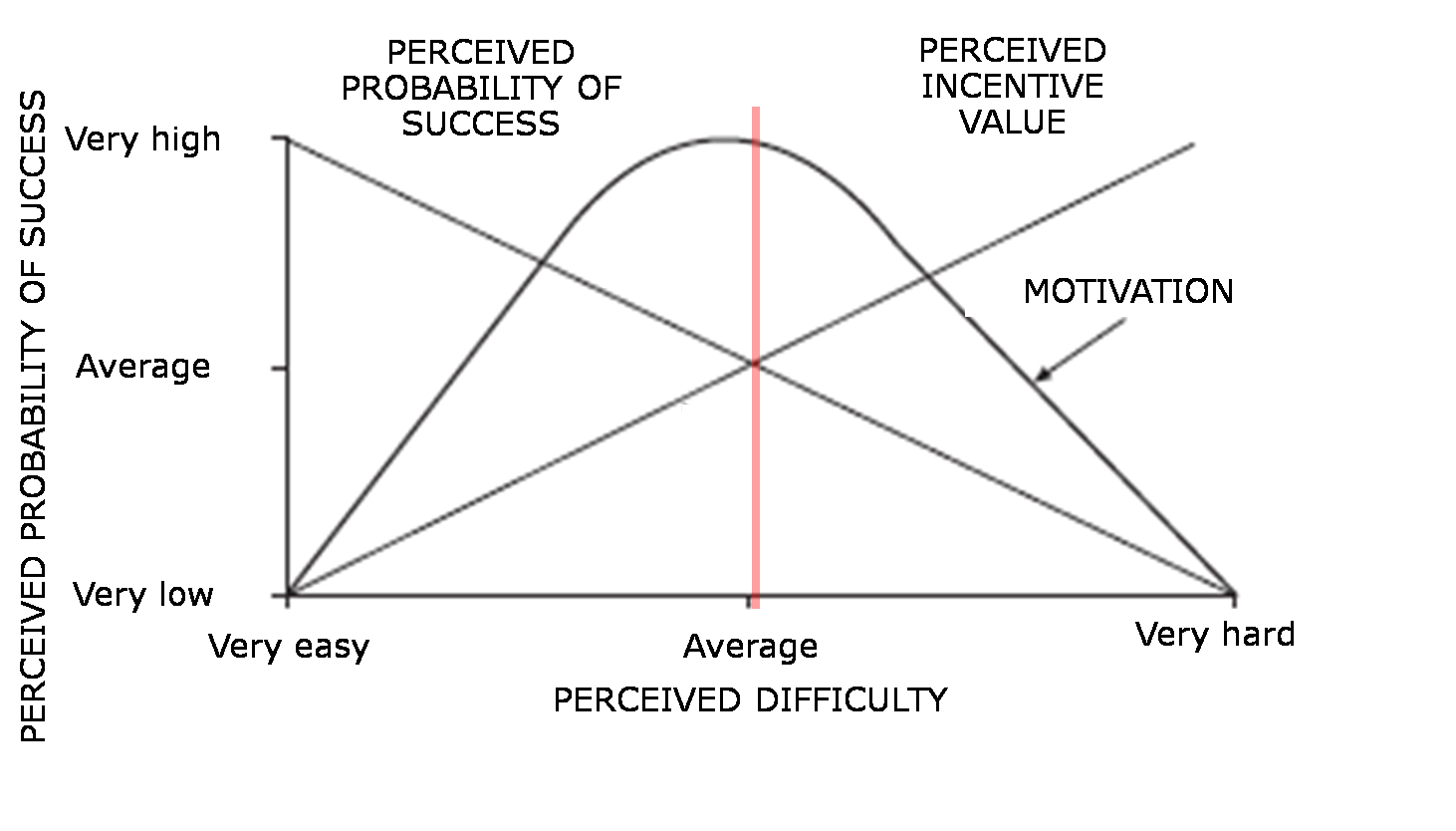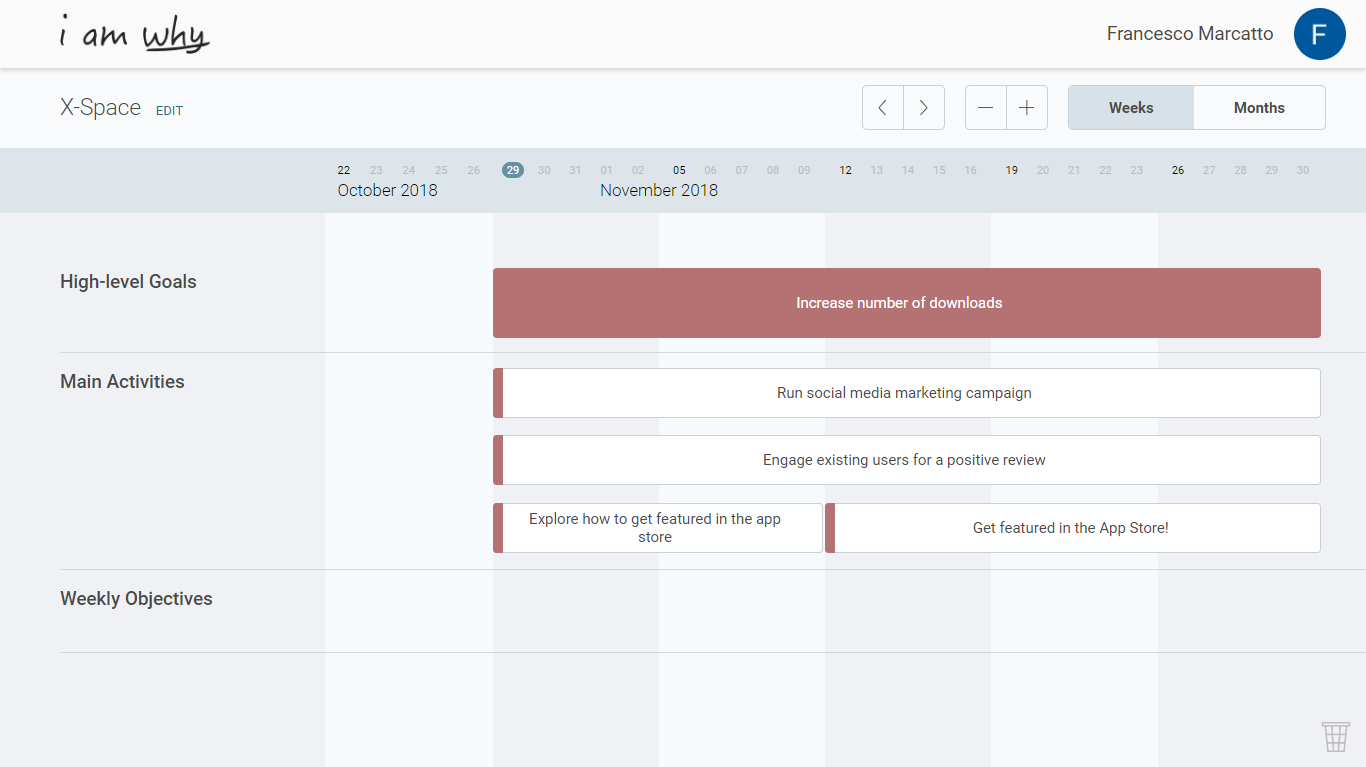
The Five Principles of Effective Goal-setting
Francesco Marcatto28 Nov 18
Motivation means productivity and well-being. Motivated employees work better, are more able to tackle new problems and find creative solutions, and are more happy with their job. A truly win-win situation, where you increase performance while keeping at the same time an healthy workplace climate.
The Goal-setting theory
The idea that having a clear purpose or objective can drive our motivation as old as Aristotle, but the benefits of goal setting in business have been extensively studied in more recent times, especially by American psychologist Edwin A. Locke, who developed the Goal-setting theory. Among the many motivation theories, Goal-setting theory has a special place because it has specific key points which a smart manager can follow to increase employees motivation and performance.
Locke’s research showed that clear goals increase motivation because they let us focus our attention and problem-solving skills on toward goal-relevant activities, and away from all the rest. In other words, effective goal setting will let us prioritise what’s important over the rest, reduce the urge of doing things that seem to be productive but are not (such as checking the email) and kill our natural tendency to procrastinate.
The Five Principles of effective goal-setting
How should a manager set up new objectives, so that they’re actually effective in motivating her team? According to Locke and his co-author Latham, to be effective goals have to follow 5 principles:
- Clarity.
- Challenge.
- Commitment.
- Feedback.
- Task complexity.
Clarity
Vague statements, such as “work harder”, aren’t really goals and nor motivating at all. How do you know how to achieve it? And how do you know you have even achieved it? Goals must be clear and well defined. If possible, try to quantify the expected result. “Reply clients emails within 24 hours” and “Increase download rate by 10%” are much more effective than their generic versions “Reply clients soon” and “Increase downloads”.
ProTip from Mindiply: Writing goals for others requires excellent communication skills: you don’t want they’ll misunderstand what you ask them to do, and waste time and efforts towards the wrong goal. We usually take communication for granted, but in reality communication biases are extremely frequent, especially the infamous curse of knowledge (ie., we implicitly overestimate the fact that the other share our own knowledge). So here’s a good communication checklist you can use when assigning goals to others:
- Write in a clear language they will understand.
- Avoid jargon, unless it’s necessary and you are totally sure it will be understood.
- Try to take their point of view: what do they already know? Are there some bits of information they should be acknowledged of?
- Explain why that goal is important. Explaining the purpose of a goal can greatly increase its acceptance and understanding, moreover is another strong motivating factor.
- Ask if everything is clear, and be willing to share more details.
Challenge
Challenging goals lead to more motivation and performance improvement than easy goals. People don’t have usually interest in pursuing goals they perceive to be too easy. On the other hand, we should avoid assigning goals so hard that they’re perceived as impossible to achieve (stretch goals anyone?), they’ll be perceived as a punishment and generate anger, stress, and frustration.
ProTip from Mindiply: According to Atkinson’s theory of achievement motivation and to classic Yerkes-Dodson law, the sweet spot of motivation is when a task is perceived as to be slightly more difficult than average, this is where motivation reaches its maximum.

Commitment
Motivation and performance are higher when people are committed to achieving the goal. According to Locke and Latham, there are three factors which moderate goal commitment:
- The perceived importance of the expected outcomes, especially if you know how they fit into the general strategy of the company;
- The perception of self-efficacy, that is the confidence in being able to achieve the goal;
- Social commitment: commitment is higher when the assignment to a goal is public.
Moreover, trust in management is always another relevant factor for securing commitment.
ProTip from Mindiply: Team members are more likely to commit to a goal if they have been involved in creating it. This participative approach is one of the most important features of Management By Objectives, a smart management framework made popular by Peter Drucker.
Feedback
Don’t wait for the deadline to expire before reviewing performance! A constant monitoring of progress will let you understand how well things are going, so you can provide constructive feedback to your team members. This way you’ll also notice in time if extra resources or help are needed, or even if it’s better to change the goal without wasting more time chasing an impossible objective.
ProTip from Mindiply: Schedule the monitoring and feedback sessions. We suggest doing at least one session each week, in which you can analyze progress and check what has worked and what has been troublesome. We call this the Monday meeting, and it’s a healthy productivity habit.
Task Complexity
When the path toward a goal is highly complex, people can get lost. If a goal is too big, it’s very useful to break it down into smaller objectives or intermediate stages, so the actions for reaching it will be clearer, and monitoring progress will also be easier.
ProTip from Mindiply: Break down big and complex goals into a set of activities using a visual map. In I am Why, the online tool for goal setting & tracking which we have developed, you can see your goals on a calendar view, and it’s extremely easy to break them down into a set of activities, each one with its own set of tasks. Everything is always in front of you, so you always know what your teams are working on now, and tracking progress is as easy as 1-2-3. You can try I am Why for free here.









